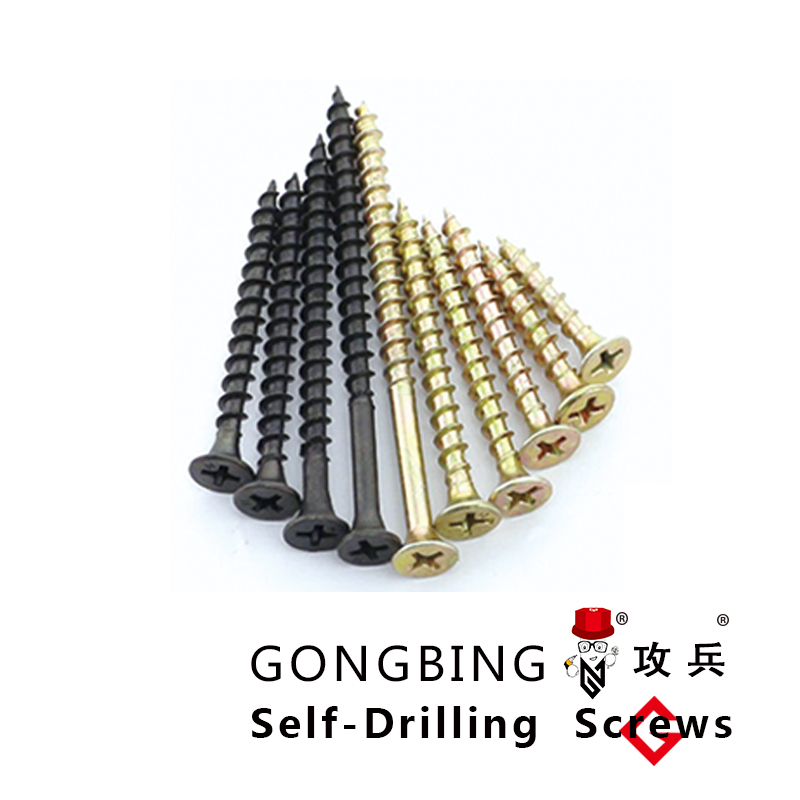Effective Methods for Bracing Steel Stud Walls for Enhanced Structural Integrity
Understanding Steel Stud Wall Bracing A Comprehensive Overview
In the world of construction, the stability and integrity of a building are paramount. One of the modern methods employed to ensure a structure remains strong and resilient is wall bracing, particularly with steel stud walls. This article delves into the specifics of steel stud wall bracing, including its benefits, methodologies, and applications in various construction scenarios.
What is Steel Stud Wall Bracing?
Steel stud wall bracing refers to the use of steel studs as the primary framing component for walls, along with additional structural elements that provide lateral support and stability. Unlike traditional wood framing systems, steel stud walls utilize galvanized steel, offering enhanced durability, resistance to pests, and better fire performance. Wall bracing, in this context, serves to prevent deformation and maintain the structural integrity of the wall against lateral loads such as wind pressure, seismic activity, and other forces.
Benefits of Steel Stud Wall Bracing
1. Strength and Durability Steel is inherently strong and can bear substantial loads without bending or warping over time. This characteristic is especially advantageous in areas prone to extreme weather conditions or seismic activity.
2. Lightweight and Efficient Steel studs are lighter than traditional lumber, making them easier to handle and install. This lightweight nature can reduce the overall weight of the structure, potentially leading to cost savings in foundation work and overall structural design.
3. Fire Resistance Steel does not burn, which enhances the fire resistance of the entire structure. When combined with appropriate fire-resistant materials, steel stud walls can significantly improve the safety profile of a building.
4. Consistent Quality Steel manufacturing processes ensure uniformity in the dimensions and properties of steel studs. This consistency translates into predictable performance, reducing the likelihood of issues related to warping or cracking that can occur with wood.
5. Sustainability Steel is often recycled, and using it in construction contributes to sustainable practices. The longevity of steel structures reduces the frequency of replacements and repairs, further promoting eco-friendly construction.
Methods of Bracing Steel Stud Walls
steel stud wall bracing

Different methods for bracing steel stud walls can be applied based on the structural requirements and environmental considerations. Some common techniques include
1. Diagonal Bracing Installing diagonal braces in a triangular configuration is one of the most effective ways to provide lateral support. This method distributes the loads evenly across the frame.
2. Sheathing Applying rigid sheathing materials, such as plywood or oriented strand board (OSB), to the exterior side of the wall can significantly improve its stiffness and strength. The sheathing acts as a diaphragm, helping to resist lateral loads.
3. Strapping Utilizing metal strapping or tension cables across the studs helps to reinforce the wall’s resistance to lateral forces. This technique is often employed in seismic prone areas.
4. Moment Frames In high-stress environments, moment frames can be constructed using steel components that connect to the studs, creating a rigid frame that can withstand significant lateral forces.
Applications of Steel Stud Wall Bracing
Steel stud wall bracing is commonly used in a variety of construction projects. Some notable applications include
- Commercial Buildings Many office buildings and retail spaces utilize steel stud framing due to their required height and load-bearing needs. - Multi-Family Residences Steel framing offers durability and fire resistance, making it a preferred choice for apartments and condominiums. - Industrial Facilities Warehouses and manufacturing plants benefit from the flexibility and strength provided by steel stud walls, enabling wide open spaces without the need for numerous load-bearing columns.
Conclusion
In summary, steel stud wall bracing is an essential technique in modern construction that enhances the strength, durability, and safety of structures. With its numerous benefits, including fire resistance, sustainability, and lightweight properties, it has become a favorite among architects and builders. As building practices continue to evolve, the use of steel stud walls and their associated bracing techniques will likely play a pivotal role in creating resilient and efficient structures that meet the demands of today and tomorrow.
-
Wedge Anchor Bolts: Secure Fastening Solutionsവാർത്തAug.05,2025
-
Insulation Fixings: Secure and Durable Solutionsവാർത്തAug.05,2025
-
Full Threaded Studs: Versatile Fastening Solutionsവാർത്തAug.05,2025
-
Expanding Fasteners: Secure and Reliable Solutionsവാർത്തAug.05,2025
-
Butterfly Toggle Anchors: Secure and Easy to Useവാർത്തAug.05,2025
-
Bracing Solutions for Steel Structuresവാർത്തAug.05,2025
